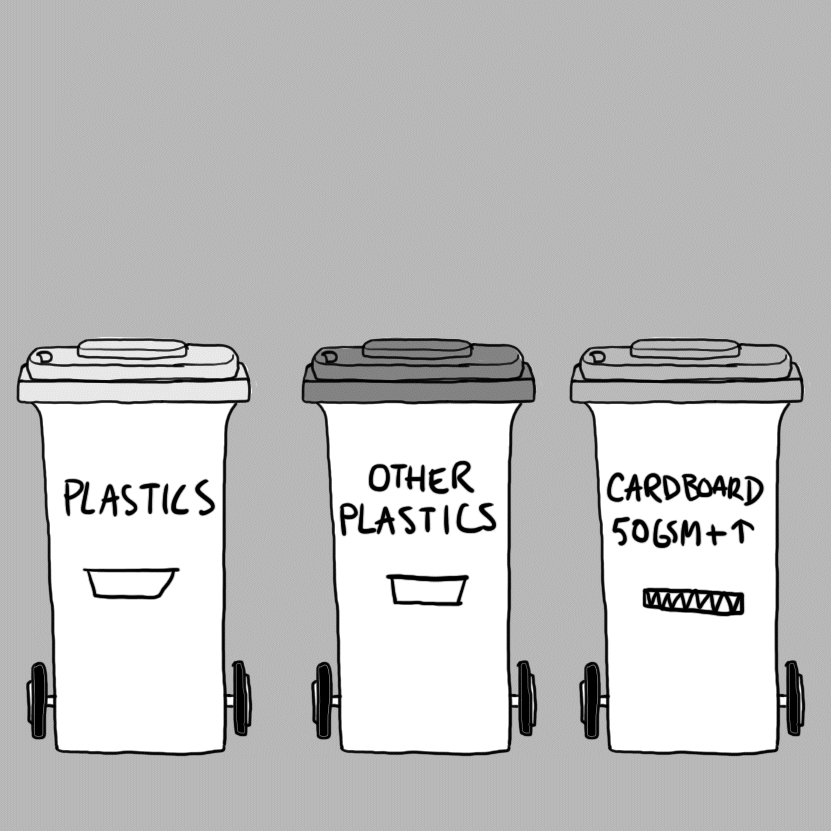The Why #55: Why do I pay for streaming services I never use?
By Dan Monheit, 25.11.22
Question submitted by From Julian, Parramatta
Ah yes Julian, I get it. I’ll be the first to admit that since House of the Dragon wrapped up, I haven’t been anywhere near the Binge logo for weeks.
I’m sure many others can relate. Unless your mum is paying for your Netflix, your housemate’s got Stan covered, you’ve hacked into your neighbours Hulu and you’re still using your ex’s Disney+, it’s likely you’re paying a whole lot for a bunch of services you just don’t use.
It’s not until the four separate payments between $6.99 and $27.99 leave our bank account that we think ‘I really need to cancel that’. But alas, the days tick over, as do the weeks and months, and still no cancellations are made.
Are we lazy? Yes.
Are we holding out for a new show to change our minds? Possibly.
Is there something else going on here? I think we both know the answer to that.
Default Bias
Refers to our tendency to accept predefined options laid out for us, rather than diligently evaluating alternatives. ‘Defaults’ are so powerful because our lives are busy and our brains are lazy. We make thousands of conscious decisions each day. If we stopped to consider each one, we’d never make it past breakfast.
A 2021 study conducted by Compare the Market found that 64% of insurance policyholders simply accept changes made to their insurance premiums without challenging them or taking the opportunity to compare providers.
Still sceptical about the power of defaults? In 2021, Google paid a whopping $15 billion to Apple to maintain its spot as the default search engine on iPhones. This figure was up from $10 billion in 2020 and just $3 billion in 2017. Google knows that by becoming the default, iPhone users are far more likely to search with it.
Defaults make things easier by giving our brains one less thing to worry about. And when automatic monthly subscriptions to Kayo, Hulu, Spotify, Nike Run Club, Keep it Cleaner and Calm roll over, it’s so easy to just let them ride.
Once you’re attuned to it, you start to notice Default Bias everywhere, from businesses setting generous contract lengths (24 months over 12) to the world of fine dining and hospitality (“sparkling water to start?”).
For brands, serving up default options for what, when and how people buy from you is an easy way to reduce friction and keep people coming back for more.
Behaviourally Yours,
PS If you missed the last edition, you can still check why we follow terrible trends here.
Bad Decisions Podcast
Learn more about Default Bias on episode 10 of the Bad Decisions podcast.
Got a question?
Is there something you’ve always wondered about?
Send it through to AskDan@hardhat.com.au
Want more?
Check out Dan’s write up in Mi3 on ‘Pricing rethink: How brands can ease the Pain of Paying — and keep customers, and cashflow, in a crunch’ here.


